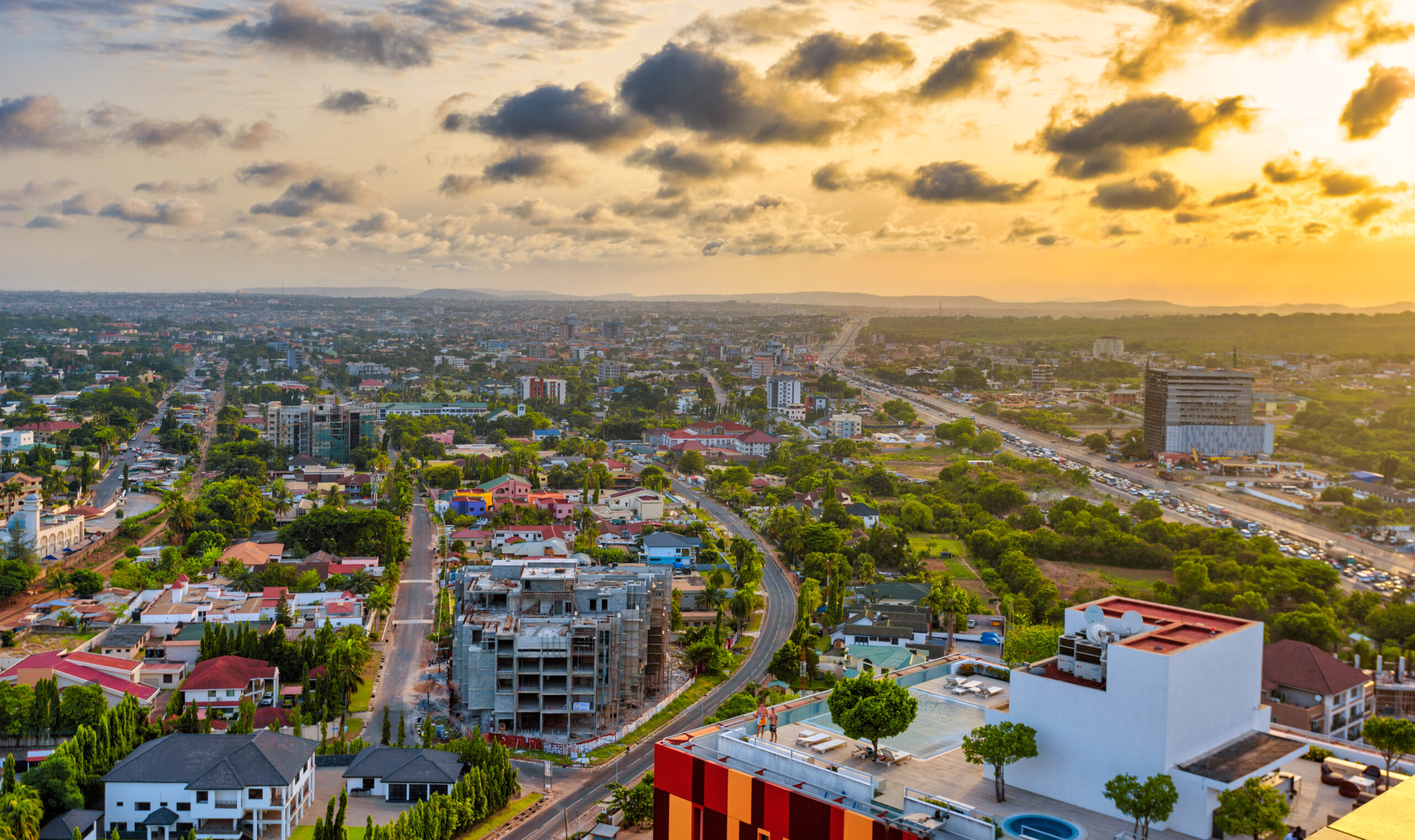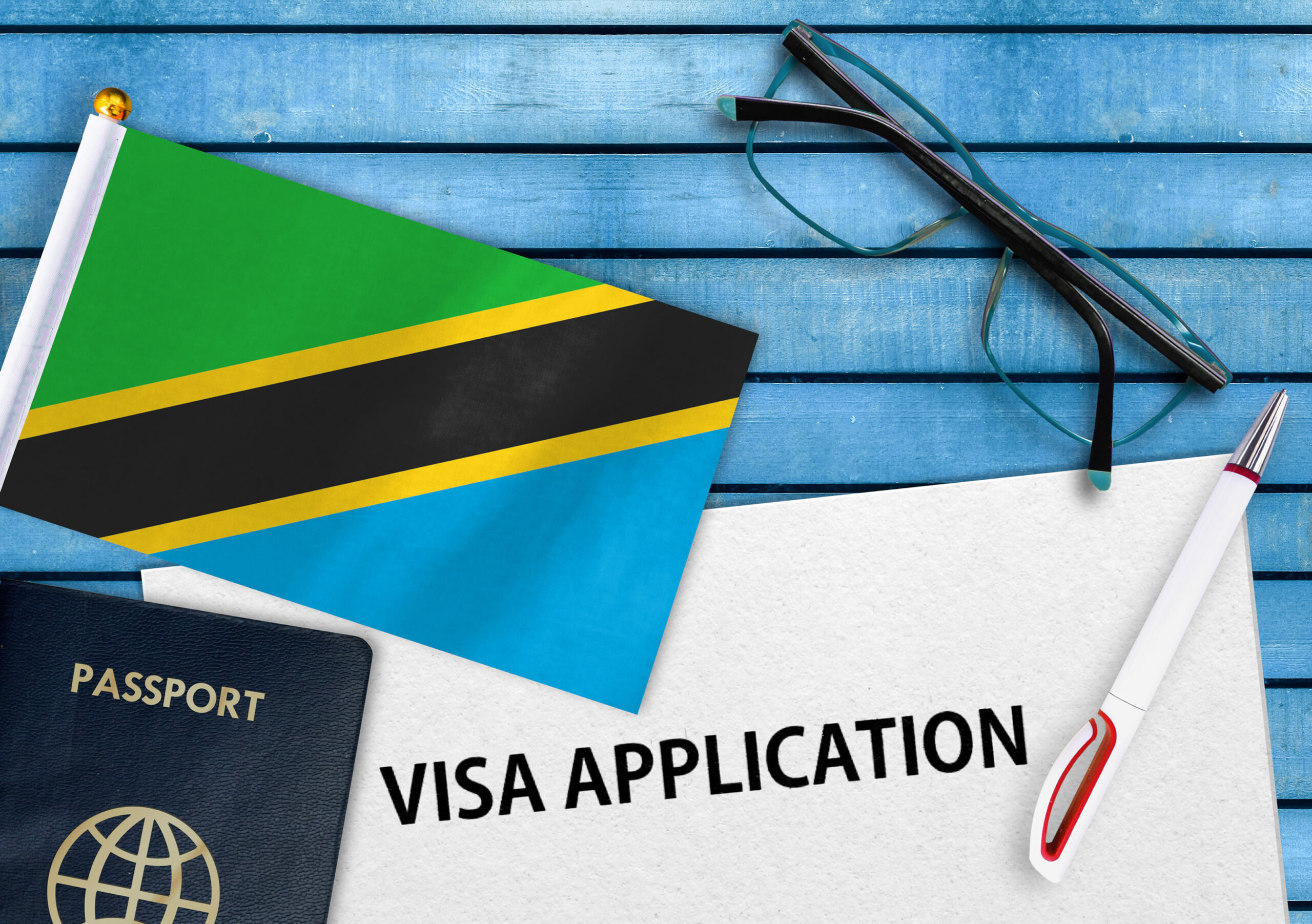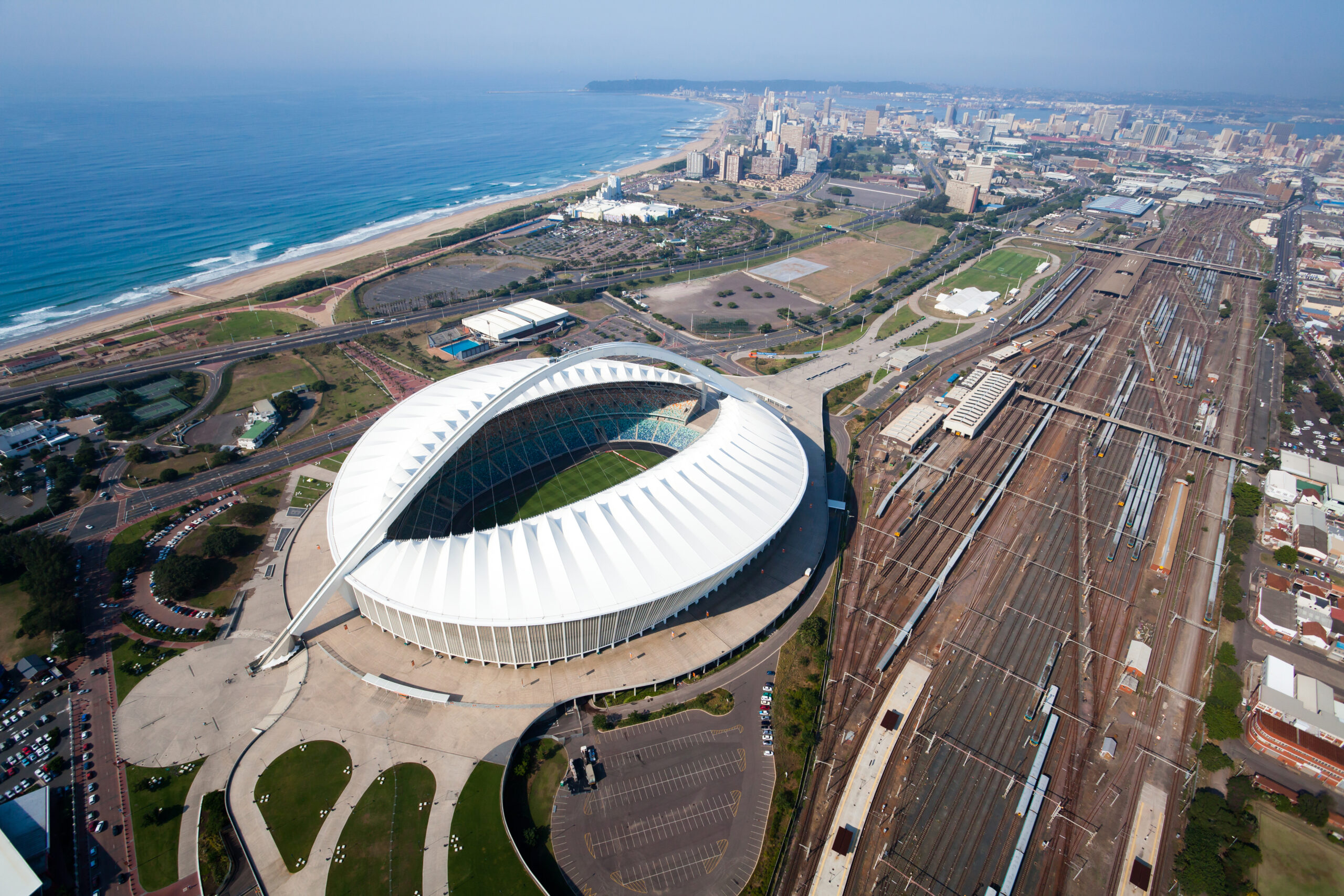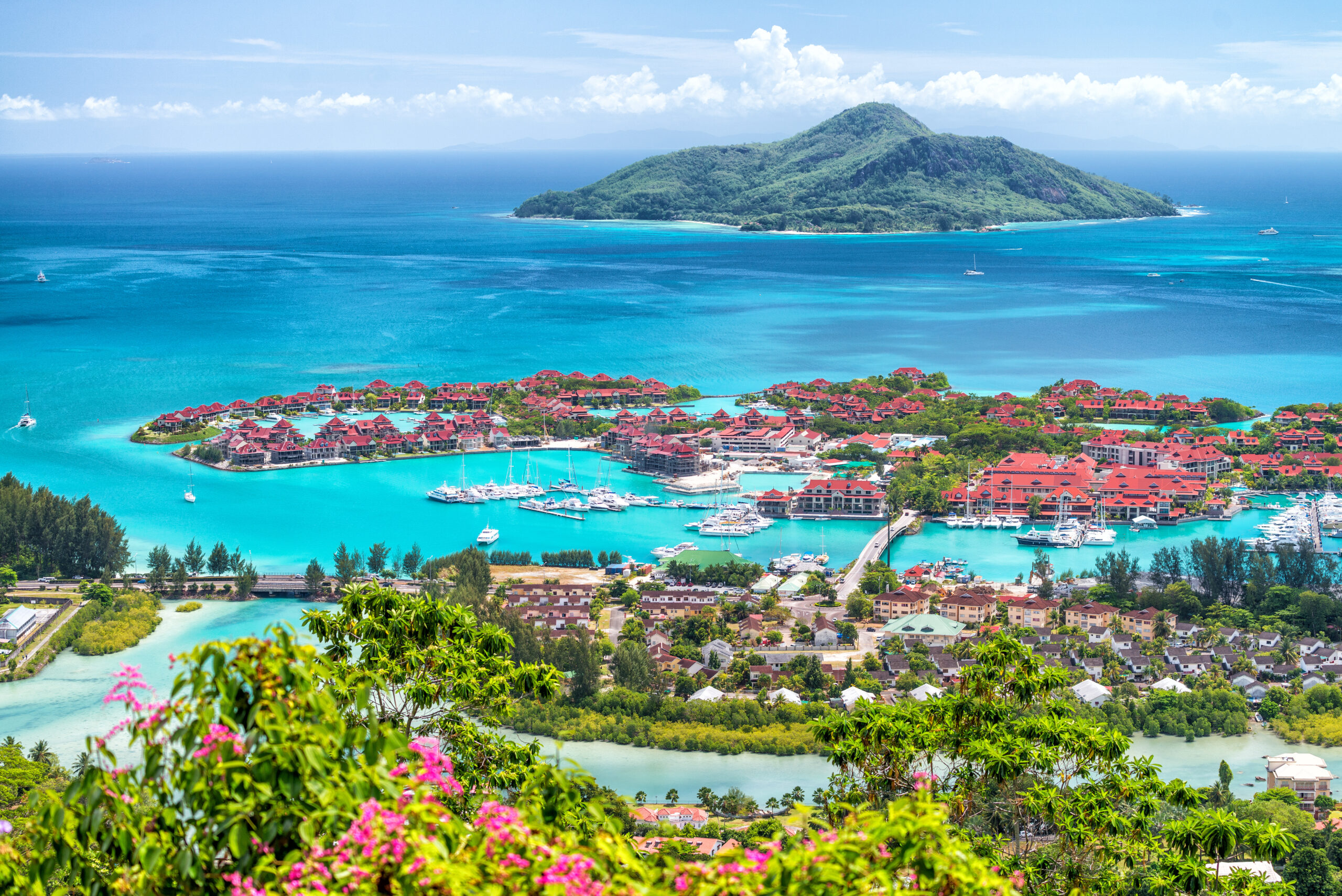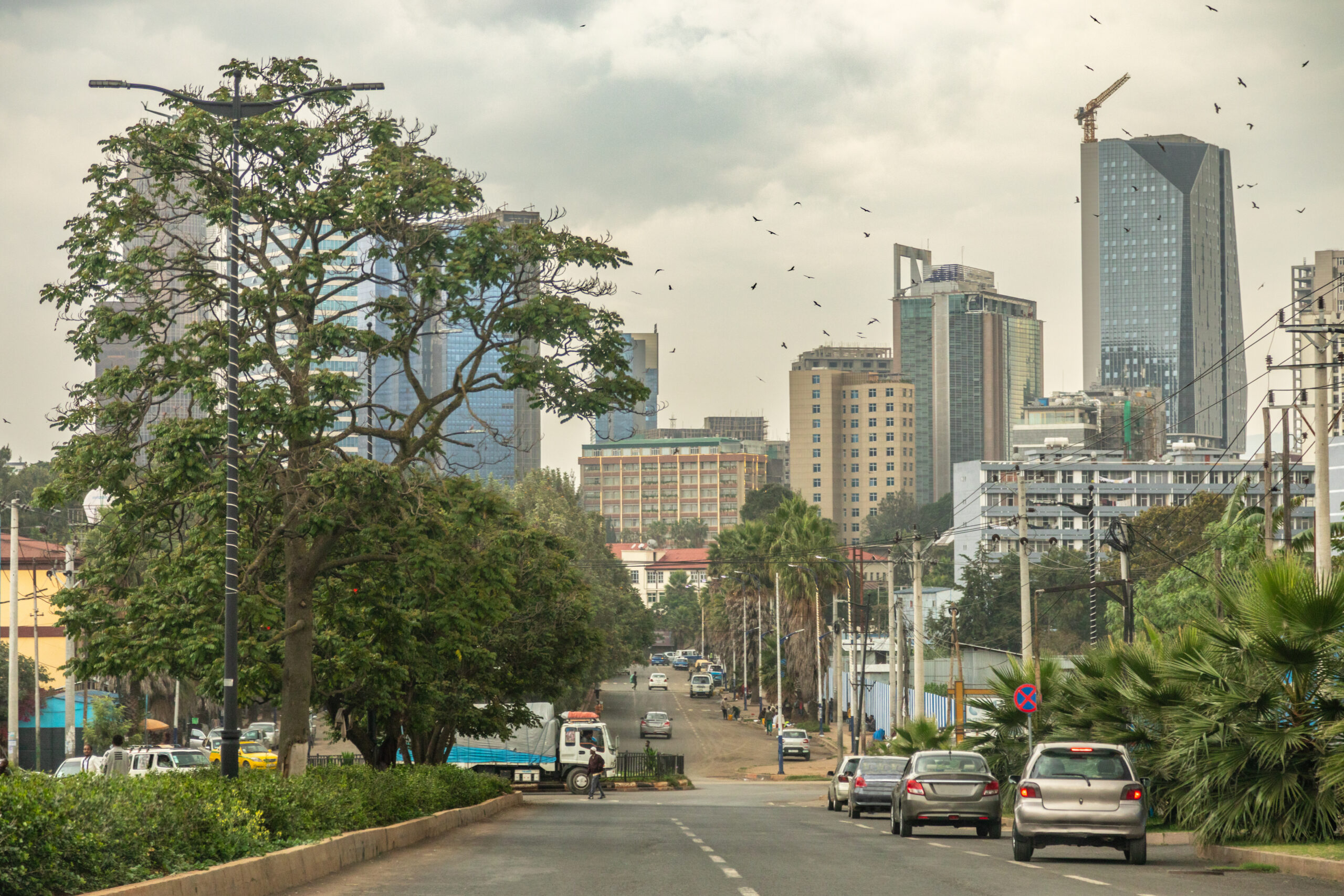by Conor Walsh & Kumbi Chiweshe
The KAZA Conservation Area is a transnational conservation and trade initiative encompassing five Southern African countries: Angola, Botswana, Namibia, Zambia, and Zimbabwe. Together, these countries represent a remarkable region of ecological significance, which local governments and international organizations have collaborated to preserve.
Whether you’re planning a trip to the KAZA Conservation Area or you’re simply trying to learn more about it, this quick guide breaks everything down – including our favorite eco-lodges in the area.
What is the KAZA Conservation Area?
The Kavango-Zambezi Transfrontier Conservation Area (KAZA TFCA) is a transboundary conservation area spanning sections of five countries in Southern Africa: Angola, Botswana, Namibia, Zambia, and Zimbabwe. Covering approximately 520,000 km2, it’s the second-largest conversation area in the world (roughly the size of Sweden).
KAZA, as it is most commonly known, was founded in 2011 to protect and preserve the rich biodiversity and unique environmental features of the region, home to over 250,000 animals – many of them endangered.
The focus of KAZA is the confluence of the Chobe and Zambezi rivers, where the borders of Botswana, Zambia, Zimbabwe, and Namibia all meet. It includes many national parks and world-famous attractions, including Victoria Falls (Zambia-Zimbabwe), Chobe National Park (Botswana), and Hwange National Park (Zimbabwe). The combined area includes many wetlands, savannahs, rivers, and deltas in each country.
KAZA is jointly managed by each country through the KAZA TFCA Secretariat based in Windhoek, Namibia, which coordinates conservation planning, law enforcement, and tourism development.
The KAZA TFCA’s success is evidenced by increased wildlife populations, rising tourist numbers, improved livelihoods for local communities, and its role as a model for transboundary conservation areas.
However, challenges such as illegal poaching, climate change, and development pressures require ongoing efforts to ensure the area’s long-term sustainability.
What is the KAZA UniVisa?
The KAZA UniVisa is a multiple-entry tourist visa that allows travelers to travel freely between Zambia and Zimbabwe for up to 30 days and to make day trips to Botswana through the Kazungula border crossing.
The visa costs $50 for adults and $30 for children under 18.
You can apply for the visa online, on the Zambia e-visa portal or the Zimbabwe e-visa portal, or upon arrival at certain ports of entry in Angola, Botswana, Namibia, Zambia, and Zimbabwe.
KAZA TFCA is still a relatively new initiative, so governments are still rolling it out to participant countries and ports of entry.
Citizens from the following 47 countries are eligible for the KAZA UniVisa:
Andorra | France | Monaco |
Argentina | Germany | Netherlands |
Australia | Greece | New Zealand |
Austria | Hungary | Norway |
Belgium | Iceland | Poland |
Brazil | Israel | Portugal |
Britain (UK) | Italy | Puerto Rico |
Brunei | Japan | Russia |
Burundi | Liechtenstein | Rwanda |
Canada | Luxembourg | Seychelles |
Cape Verde | Marshall Islands | Slovakia |
Cook Islands | Denmark | Slovenia |
Czech Republic | Dominican Republic | South Korea |
Finland | UAE | Spain |
Sweden | Switzerland | Ukraine |
Uruguay | USA | – |
Importance of KAZA Conservation Area
The KAZA Conservation Area holds immense ecological significance, serving as a critical habitat for many flora and fauna.
Its diverse ecosystems support remarkable biodiversity, including wetlands, forests, and savannahs. Preserving the KAZA Conservation Area protects these ecosystems and the delicate balance of nature within them.
Additionally, the region is home to many indigenous communities whose traditions, knowledge, and heritage are deeply intertwined with the natural environment.
Beyond its ecological importance, the KAZA Conservation Area plays a vital role in the local and regional economies. Sustainable tourism initiatives within the region attract visitors from around the globe, providing economic opportunities for local communities.
Furthermore, the area holds historical significance, with many landmarks and sites that reflect the deep-rooted connections between people and the land they inhabit.
Visiting the KAZA Conservation Area
The KAZA Conservation Area is teeming with remarkable tourist attractions that captivate the imagination of travelers. Renowned for its sheer beauty, Victoria Falls, a breathtaking waterfall on the Zimbabwe-Zambia border, is one of the region’s most iconic sights.
Another notable destination is Botswana’s Chobe National Park, home to elephants, lions, and various bird species. For a unique experience, the Okavango Delta (also in Botswana) entices visitors with its pristine waterways and abundant wildlife.
It’s essential to consider the best time to experience the KAZA Conservation Area. The dry season, typically from May to October, is often recommended for wildlife viewing. However, it’s worth noting that different seasons offer distinct experiences, so it’s advisable to research and plan according to personal preferences and interests.
To reach the KAZA Conservation Area, flying into nearby airports, such as Livingstone in Zambia or Victoria Falls in Zimbabwe, is convenient for long-distance travelers.
From these points, you can hop on ground transport, such as shared shuttles, private taxis, or game vehicles, to reach your desired destinations within the KAZA region.
Staying in the KAZA Conservation Area
The KAZA Conservation Area offers a range of accommodation options to suit different preferences and budgets.
From eco-lodges nestled within the natural surroundings to luxurious resorts providing unparalleled comfort, there is something for everyone. These accommodations are designed to complement the region’s natural beauty and offer visitors a unique experience.
Many lodges and resorts in the region prioritize environmental conservation and employ sustainable practices, including renewable energy sources, sustainable water and waste management, and supporting local communities through responsible tourism initiatives.
Here are our favorite eco-lodges throughout KAZA, which you can book through Boundless Southern Africa:
Angola
Beagle Expeditions offers a simplistic yet luxurious camp with spacious dome tents equipped with fine Egyptian cotton bedrolls, ample lighting, and an en-suite bathroom. The camp’s main area includes a dining table, a chill corner, a tea and coffee station, a bar, and a fire pit, all set under the African sky, open to the surrounding wilderness and its wildlife.
Botswana
Mapula Lodge, near Moremi Game Reserve in the Okavango Delta, offers nine luxury chalets and a range of activities such as game viewing, mokoro water trips, walking safaris, and hot air ballooning. It’s lauded for its scenic surroundings and hippo-filled lagoon, visible from the lodge’s comfortable viewing deck.
Tuludi Camp, in the Khwai Private Reserve in the Okavango Delta, offers a fairy-tale-like landscape filled with floodplains, glistening waterways, and emerald forests. Seven tree-house style rooms with sophisticated interiors blend the contemporary and traditional in an exclusive oasis for visitors exploring an extraordinary ecosystem.
Namibia
Kazile Island Lodge, in the Bwabwata National Park, is an exclusive resort located on an island only reachable by boat, offering thirteen Meru tents overlooking the Kwando River and the vast floodplains. The lodge provides a unique wildlife experience, with herds of buffalo and elephants traversing the landscape.
Nambwa Tented Lodge, in Bwabwata National Park along the Kwando River, features ten spacious tented suites connected by a charming walkway high amongst majestic trees. The lodge offers a serene environment and the extraordinary opportunity to observe Africa’s largest mammal, the elephant, at close quarters.
Zambia
Ila Safari Lodge, in Kafue National Park on the Kafue River, is a luxury tented lodge focusing on environmental sustainability, featuring locally sourced building materials, solar-powered electricity, and Zambia’s first electric game drive vehicle.
The David Livingstone Safari Lodge & Spa, a 4-star establishment near Victoria Falls, offers luxury accommodation, including 72 standard rooms, and five executive suites with in-room jacuzzis, all overlooking the Zambezi River. The lodge offers guests experiences like Zambezi River cruises and serene waterfront views.
Zimbabwe
Nyamatusi Mahogany, in Mana Pools National Park, is a family-friendly, luxury safari camp situated on the shores of the Zambezi River, consisting of two tented suites and two family suites nestled under ancient mahogany trees. The eco-friendly, solar-powered camp welcomes children of all ages, offering various unique activities.
Somalisa Camp, in Hwange National Park, offers breathtaking views of the savannah plains and diverse wildlife, including lions and elephants. The eco-friendly camp boasts seven tastefully furnished sailcloth tents with modern amenities and various activities.
Each lodge provides a unique and captivating experience that complements its respective country’s natural wonders and rich biodiversity.
By opting for these eco-conscious accommodations, you can contribute to preserving the KAZA region’s fragile ecosystems.
Crossing Borders within the KAZA Area
First and foremost, check the visa requirements for each country. Depending on your nationality, you may need to obtain a visa in advance or upon arrival. While KAZA is shared between five countries, aside from the KAZA UniVisa for Zambia and Zimbabwe, they still haven’t created a unified visa for the area.
Ask ahead about traffic at each border crossing, immigration formalities, distance, toll costs, and the conditions of roads – all of which can impact the duration of your journey.
Finally, prioritize safety when crossing borders. Stay vigilant, secure important documents, and be aware of your surroundings.
Responsible Travel in the KAZA Conservation Area
Responsible travel is essential for preserving the biodiversity of the KAZA Conservation Area. By practicing sustainable tourism, you can minimize negative impacts on the environment, wildlife, and local communities, supporting long-term conservation efforts in the region.
To minimize your environmental impact and help preserve the remarkable biodiversity and cultural heritage of the KAZA Conservation Area, here are several tips to keep in mind:
- Respect wildlife by observing from a safe distance and refraining from feeding or touching them.
- Dispose of waste properly and leave no trace to avoid littering and protect fragile ecosystems. Consider using reusable water bottles and minimizing plastic usage.
- Support local businesses and communities by purchasing locally made products, hiring local guides, and dining at local restaurants.
- Learn about and respect the local customs, traditions, and cultural practices of the communities in the KAZA Conservation Area.
- Conserve water and energy by practicing responsible usage and minimizing unnecessary consumption.
- Follow designated trails and paths to prevent damage to the natural habitats and avoid disturbing wildlife.
Conclusion
The KAZA Conservation Area is an astounding achievement in regional cooperation and conservation in Southern Africa. Just over a decade old, it has had a measurably positive impact in Angola, Botswana, Namibia, Zambia, and Zimbabwe.
If you visit KAZA, expect diverse ecosystems, rich biodiversity, inspiring conservation and sustainability efforts, and fascinating indigenous cultures.
As you tread lightly, leave only footprints and embrace the delicate balance of life within the KAZA Conservation Area. Need help planning an event here? Get in touch.
